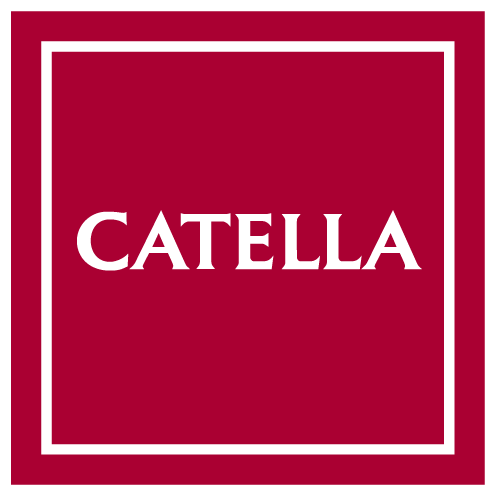Sometimes even the expert audience is astounded, how terms from other industries infiltrate into the real estate investment industry. One example is the term “cluster”. A cluster per economic-geographical definition is a spatial agglomeration of many businesses with similar characteristics or with complementary resources. So far so good – as at this point the term “logistics” becomes relevant. An industry which – regardless of the respective subsegment of procurement, production or sales logistics – has an increasing growth rate.
The classical real estate theories of location and market are not of any use here, especially as this industry, from temporary as well as extremely long-term intensity of use, can cover the whole range of the real estate lifecycle, often with a catchment area and transport corridor across many countries. So what is the right location? The current discussion around the “last mile” shows that this question cannot be easily answered.
For this reason, Catella Research once again took a closer look at the market for logistics and even analyzed more than the typical indicators of yields and rents. The analysis for the European Logistics Map is based on a scoring model created by Catella, which was made based on the geographic reference value for municipality and city borders (NUTS level). In total, 113 logistics regions (“clusters”) in 20 countries were identified by their “logistics strength” and socio-economic, real estate relevant as well as infrastructural factors were considered.
Some main results:
- With a total of 25 logistics clusters, Germany has the highest density in Europe by far. In second place, United Kingdom follows with 8 clusters, followed by France (7), Spain (6), Netherlands (6) and Poland (6).
- With an average prime rent of 3.51 €/sqm, the most inexpensive logistics spaces can be found in Poland. The prime yields of the Polish logistics cluster are at an average of 7.08% in the upper third. The highest rents for logistics spaces in Europe need to be paid by companies in Switzerland. With an average prime rent of 10.71 €/sqm, it is clearly above the level of United Kingdom with an average of 7.68 €/sqm.
- The cluster “Greater London” around the airport London Heathrow remains the most expensive logistics location in Europe. Here, prime rents of 15.75 €/sqm are achieved as well as net prime yields of 4.00%. The most inexpensive location can be found in Katowice in Poland with a prime rent of 3.10 €/sqm. In the Finnish city of Oulu on the other hand, investment in logistics properties is especially attractive. The net prime yield is at 9.25% and is the highest in Europe.
- In the Netherlands, properties have an average yield of 5.10%. This also becomes apparent when looking at the regions, as yields range from 4.75% to 5.75% so are very close together. The most expensive cluster here is in Noord-Brabant with the locations Tilburg and Eindhoven. The net prime yield is at 4.75% in both locations.
Summary:
The dynamics on the demand side, be it B2B or B2C business, strengthens the logistics market. Especially technology and e-commerce driven consumption strengthens the demand for modern logistics properties. With an average prime yield of 6.10% of the 113 logistics clusters in Europe, this property type offers above-average yields compared to office (4.37%) and high street real estate (4.02%).
